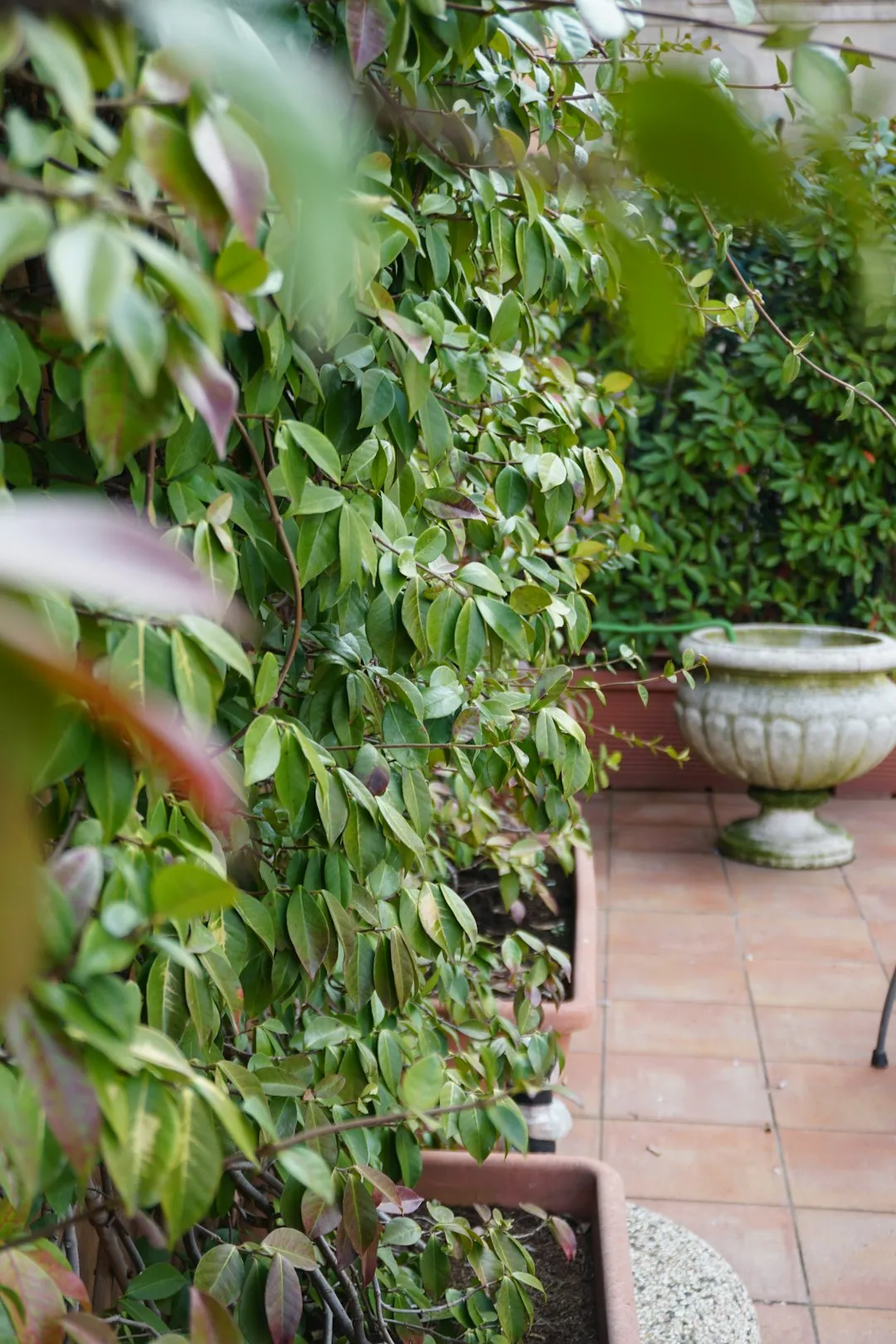Unveiling the Secrets of White Fir Tree Cultivation

White fir trees, with their elegant form and ever - green allure, are a magnificent addition to any garden or landscape. In this guide, we will delve into the art of growing and caring for these beautiful trees, covering essential aspects such as watering, pruning, and propagation.
1. Understanding White Fir Trees
White firs (Abies concolor) are native to the western United States. They are known for their soft, blue - green needles that are arranged in a spiral pattern around the branches. These trees can reach heights of up to 100 feet in their natural habitat, but in a garden setting, they usually grow to a more manageable size. Their conical shape makes them an excellent choice for providing vertical interest in a landscape.
2. Planting White Fir Trees
When it comes to planting white fir trees, location is key. They prefer well - drained soil that is slightly acidic. Choose a spot that receives full to partial sunlight. Dig a hole that is twice as wide as the root ball of the tree and just as deep. Gently place the tree in the hole, making sure the top of the root ball is level with the ground. Backfill the hole with soil, tamping it down gently to remove any air pockets. Water the tree thoroughly after planting to help settle the soil around the roots.
3. Watering Requirements
Proper watering is crucial for the health of white fir trees. Young trees need more frequent watering than established ones. During the first year after planting, water the tree deeply once a week, especially during dry spells. As the tree matures, it can tolerate some drought, but it still needs regular watering during extended periods of dry weather. A good rule of thumb is to provide about 1 - 2 inches of water per week, either through rainfall or irrigation. Avoid over - watering, as this can lead to root rot.
4. Pruning White Fir Trees
Pruning is an important part of white fir tree care. The best time to prune is in late winter or early spring before new growth begins. Start by removing any dead, damaged, or diseased branches. This not only improves the tree's appearance but also helps prevent the spread of diseases. You can also prune to shape the tree, but be careful not to over - prune. White firs have a natural conical shape, and excessive pruning can disrupt this form. When pruning, use sharp, clean tools to make clean cuts.
5. Propagation of White Fir Trees
Propagating white fir trees can be a rewarding but challenging task. One common method is through seed propagation. Collect seeds from mature cones in the fall. Soak the seeds in water for 24 hours to soften the seed coat. Then, stratify the seeds by placing them in a plastic bag with moist peat moss and storing them in the refrigerator for 3 - 4 months. After stratification, plant the seeds in a well - drained seed starting mix. Keep the soil moist and warm, and the seeds should germinate in a few weeks. Another method is through cuttings, but this is more difficult and has a lower success rate.
6. Fertilizing White Fir Trees
White fir trees generally do not require a lot of fertilization. However, a slow - release, balanced fertilizer can be applied in the spring to promote healthy growth. Follow the instructions on the fertilizer package for the correct application rate. Avoid over - fertilizing, as this can lead to excessive growth that is more susceptible to pests and diseases.
7. Pest and Disease Management
White fir trees can be affected by various pests and diseases. Common pests include aphids, spider mites, and adelgids. These pests can be controlled with insecticidal soaps or horticultural oils. Diseases such as root rot and needle cast can be prevented by providing proper drainage and good air circulation around the tree. If you notice any signs of pests or diseases, it is important to take action promptly to prevent further damage.
In conclusion, growing and caring for white fir trees requires some knowledge and effort, but the rewards are well worth it. With proper watering, pruning, propagation, and pest management, you can enjoy the beauty of these trees in your garden for many years to come.